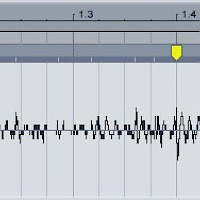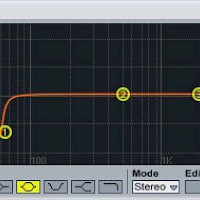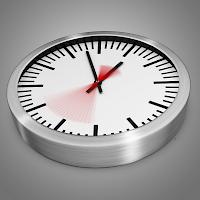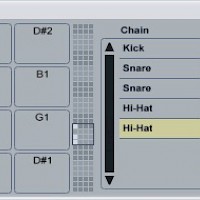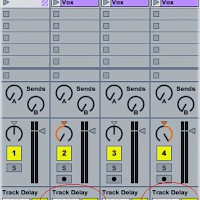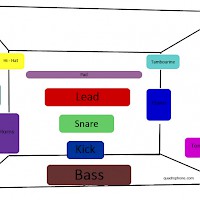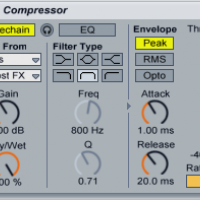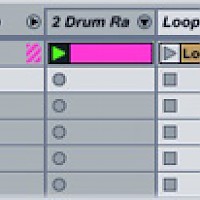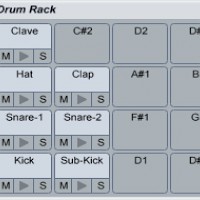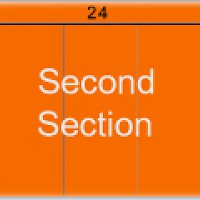-
Vinyl-ize Your Track
Incorporating the crackles and hiss from a vinyl record into your digital production adds a subtle layer of dusty soul to your track.
Read More -
Mixing the Bass and Kick
Because the bassline and the kick drum are the two lowest-frequency elements of your track, they’ll often end up occupying the same space...
Read More -
Audio Effects 101: Time-based FX
Time-altering audio effects like reverbs, delays and choruses all function in essentially the same way: they capture a portion of an input sound, delay it slightly, then play it back.
Read More -
Doubling Drums
Using two copies of the same drum sample in a beat makes the drums sound bigger and fuller. Load up a kick, snare and hi-hat into Ableton’s Drum Rack, then open the Rack’s “Chains” section. Right-click the snare drum in the list of chains and select “Duplicate.” Do the same for the hi-hat.
Read More -
Doubling Vocals
Doubling vocals makes them sound bigger and fuller in the mix. A vocal doubler plug-in creates two (or more) copies of the vocal, pans them to the left and right, then adds a slightly different delay...
Read More -
3-D Mixing
To prevent sonic conflict, each element in your track needs its own space in the mix. To help you put each element in its own space, think of the mix as if it were filling a room...
Read More -
Synchronize a Sidechained Compressor to the Beat
Sidechained compression is an ubiquitous sound in dance music. Its pumping sound brings a shot of energy to basslines, pads, lead synths, vocals: nearly any element of an EDM track.
Read More -
Using Drum Loops
Adding a drum loop on top of a programmed MIDI beat is a quick way to give it a more fluid, natural sound. Think of the MIDI clip as the base of the beat, and the loop as the ornamentation. Unfortunately, Drum Rack and Impulse can’t warp samples, so unless the loop that you’re using was recorded at the same tempo as the track you’re making (and is perfectly in time), you’ll need to add it to a separate audio track.
Read More -
Make a Moombahton Beat
Programming a moombahton drum pattern in Ableton Live is somewhat similar to making a house beat — but with some significant differences. To create its swinging, funky vibe, moombahton uses more syncopated and off-beat percussion than house usually does.
Read More -
Arranging Dance Music
A dance track usually has a looser structure than a hip-hop or pop song — but it does have a structure. Following a structure when you’re arranging your track makes it more DJ-friendly — and therefore more likely to get played out in a club.
Read More
